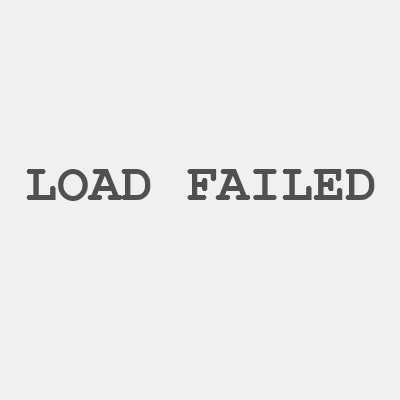Restraint belt
It is made of cotton fine yarn and can be cleaned in hot washing cycle up to 95 ℃. Lower temperature and washing net will prolong product life. Shrinkage rate (shrinkage) is up to 8% without pre washing. Store in a dry ventilated place. Detergent: non corrosive, bleach free. Dryer: fine circulation under low temperature, preferably in the washing net. Disinfection: chemical heat disinfection washing procedure can be used for disinfection, and excessive amount may damage the product.
Restraint belt – stainless pin and lock button
Before cleaning and drying, paste the Velcro strap to prevent the accumulation of cotton lint. Since the Velcro has a tendency to collect cotton wool, please occasionally remove the cotton wool from the Velcro with a hard brush so it can be used normally. Before each use, test the tension of the Velcro. Durability depends on the frequency of use and can be extended through mild laundry procedures (detergents/laundry nets).
Customized products
We are happy to design and manufacture products according to your requirements.
Basis for restraining protective medical measures — Code for Diagnosis and Treatment of Mental Disorders .
Patrol after constraint.
●The psychiatric nurses shall inspect the restrained patient at least once every 15 minutes, release the restraint band every 2 hours, and maintain the restraint protection for no more than 4 hours during the day and no more than 12 hours at night. If the patient has been restrained for 48 hours continuously, the patient should be examined by a psychiatric practitioner with a title of associate chief physician or above and an assessment should be made as to whether further restraint is necessary.
●In order to prevent accidents during the hospitalization of elderly patient with mental disorders, the head nurse of the ward shall decide to use or remove protective restraint measures without medical advice.
●The nursing transition of the restrained patient should be conducted at the bedside, including tightness, skin condition, number of restraints and completeness and correctness of nursing records.
●Personnel administering protective medical measures of restraint should be specially trained in such aspects as restraint skills.

